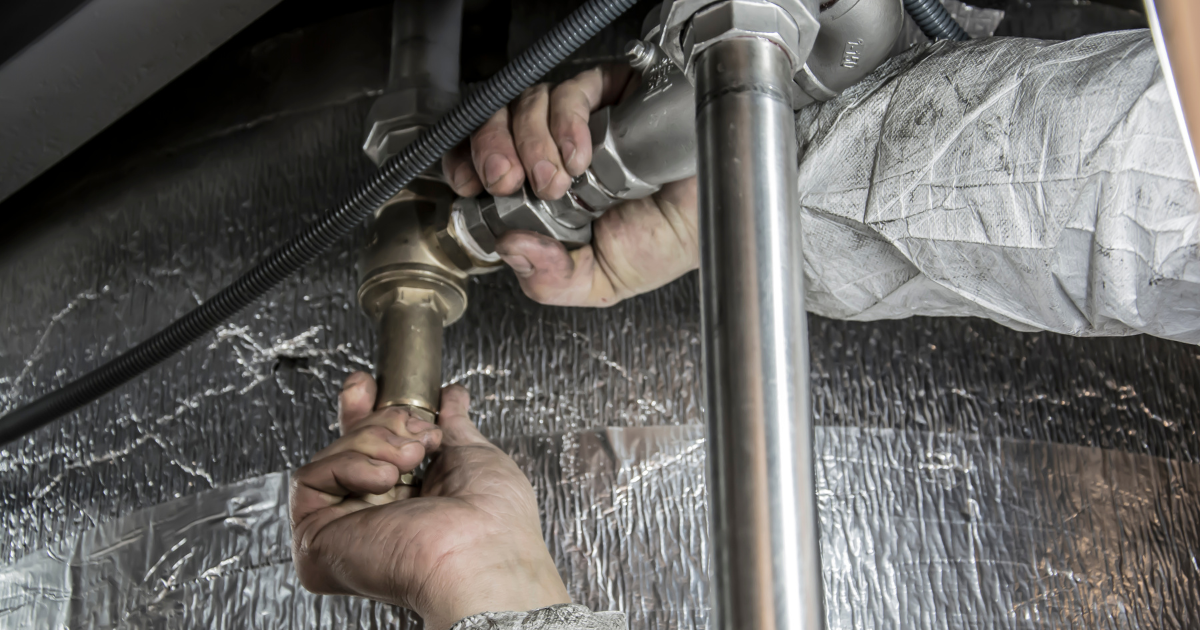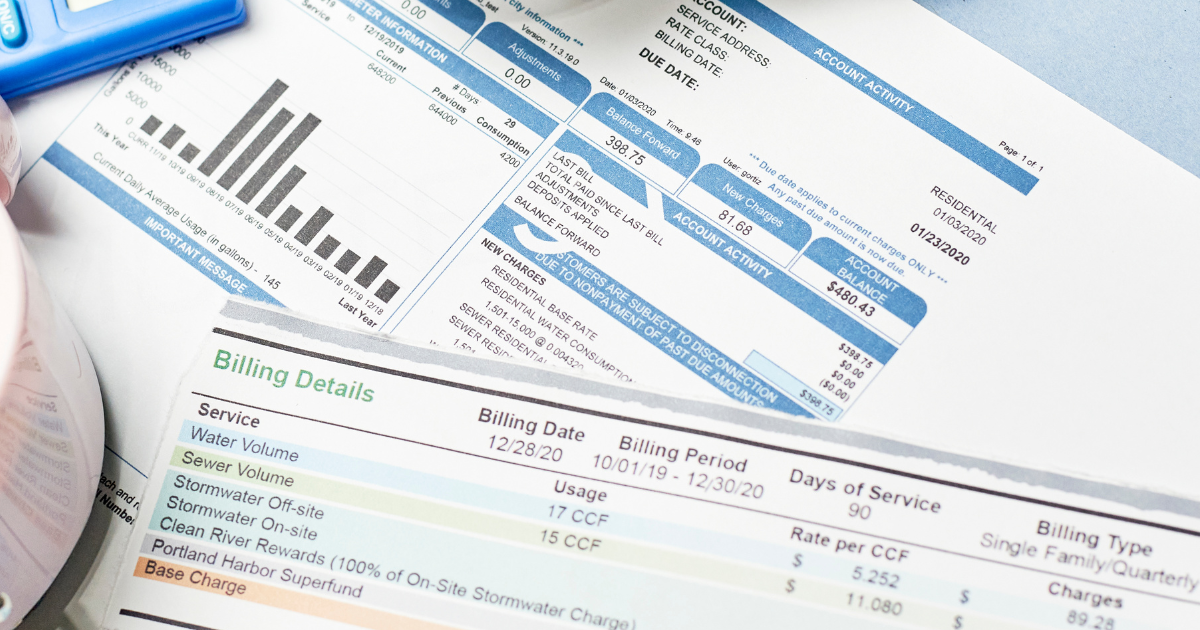The 5 Best Tankless Water Heaters for a Large Family and Home
When it comes to choosing the best tankless water heater for a large family and house, there are several factors to consider such as the flow rate, temperature rise, and the number of fixtures that will be using hot water simultaneously
To determine the maximum hot water flow rate, consider the number of bathrooms, showers, sinks, and appliances. For some large homes and families, you may have to have two units installed to properly serve hot water throughout the home.
Many units allow you to connect two tankless units to operate as one.
Look for tankless water heaters with a high flow rate and energy efficiency rating. Energy-efficient models can help you save on utility bills in the long run. Look for heaters with an Energy Factor (EF) rating, with higher values indicating greater efficiency.
Consider the physical dimensions of the unit and ensure it can fit in the available space. Also, check if it requires any specific installation requirements, such as ventilation or electrical considerations.
Research different brands and read customer reviews to get an idea of their reliability, durability, and customer satisfaction.
Here are a few recommendations based on capacity and performance:
Noritz EZTR75 11.1-GPM 199000-BTU Indoor Tankless Water Heater
The Noritz EZTR75 11.1-GPM 199000-BTU Indoor Tankless Water Heater is a high-performance and efficient appliance designed to provide hot water on demand. With its advanced features and capabilities, it offers a reliable solution for residential and commercial applications.
One of the key features of the Noritz EZTR75 is its impressive flow rate of 11.1 gallons per minute (GPM), which means it can deliver a continuous supply of hot water for multiple outlets simultaneously.
With a maximum BTU (British Thermal Units) rating of 199,000, the EZTR75 is capable of quickly heating water to the desired temperature. This high BTU rating allows for fast recovery times, meaning you won’t have to wait long for hot water, even during periods of high demand.
Rinnai RUR199iN Condensing Tankless Hot Water Heater, 11 GPM:
The Rinnai RUR199iN is a high-performance tankless water heater designed to provide efficient and endless hot water supply for residential and light commercial applications. Manufactured by Rinnai, a renowned brand in the water heating industry, the RUR199iN is known for its advanced features, reliability, and energy-saving capabilities.
With a maximum flow rate of 11 gallons per minute (GPM), the RUR199iN is capable of delivering a continuous supply of hot water to multiple fixtures simultaneously.
Furthermore, the RUR199iN incorporates built-in freeze protection to prevent damage to the unit in cold climates. It can withstand temperatures as low as -22°F (-30°C), safeguarding the water heater and ensuring it operates reliably in harsh winter conditions.
In terms of installation, the Rinnai RUR199iN offers versatile venting options, including both concentric and twin-pipe PVC, allowing for flexibility and ease of installation in various settings. It also features a compact and space-saving design, making it suitable for both indoor and outdoor installation.
Rheem Prestige Condensing Tankless Indoor Liquid Propane Water Heater with Built in Recirculation 11.0 GPM
The Rheem Prestige Condensing Tankless Indoor Liquid Propane Water Heater with Built-in Recirculation is an advanced and high-performance water heating system designed to provide efficient and continuous hot water supply for residential applications.
With a flow rate of 11.0 gallons per minute (GPM), this tankless water heater is capable of meeting the demands of larger households or properties with high hot water usage.
The Rheem Prestige Condensing Tankless Water Heater is powered by liquid propane (LP), making it suitable for areas where natural gas is not readily available. It features electronic ignition, ensuring reliable and easy startup without the need for a pilot light.
Rheem RTGH-95DVLN 9.5GPM
This natural gas tankless water heater has a high flow rate and is suitable for larger households. It provides continuous hot water and has a 9.5 GPM (gallons per minute) capacity.
Rheem’s models automatically adapt the energy required to heat the water you need, resulting in increased efficiency and reduced energy consumption. This advanced technology ensures that the right amount of energy is used, optimizing the heating process.
Rheem is committed to promoting better air quality by incorporating emission reduction technology in their products. All Rheem models meet or surpass the strict government standards set in all 50 states, guaranteeing cleaner air for your environment.
Controlling your Rheem tankless water heater is easy and convenient. With the tankless remote electronic thermostat, you can effortlessly adjust the water temperature between 85˚F–140˚F, in precise two-degree increments.
The unit can be turned on or off with a simple press of the power button. Moreover, the system provides detailed diagnostics digitally displayed whenever there is a need for service or maintenance, ensuring prompt attention to any issues that may arise.
Navien NPE-240S-NG 11.2 GPM
The Navien NPE-240S-NG is a high-efficiency condensing gas tankless water heater. It is a popular choice among homeowners and commercial users for its energy efficiency, compact design, and reliable performance.
One of the standout features of the Navien NPE-240S-NG is its condensing technology. It utilizes a dual stainless steel heat exchanger that captures and reuses the heat from flue gases, allowing for maximum energy efficiency.
With a maximum input of 199,900 BTU per hour, the NPE-240S-NG is capable of delivering a continuous supply of hot water for various applications, including showers, faucets, and appliances. It has a flow rate of up to 11.2 gallons per minute, ensuring that multiple water outlets can be used simultaneously without a drop in performance.
Tankless water heaters may require professional installation due to their specific requirements, such as gas lines or electrical connections. Ensure that you have the necessary infrastructure and consult with a professional to determine the feasibility and cost of installation.
Remember, it’s essential to consult with a professional plumber or technician who can assess your specific needs and provide personalized recommendations based on your household’s requirements.
Need some assistance?
MasterCraft Plumbers will detremine factors such as household size, hot water demand, space availability, and budget for the best tankless water heaters for your large family and home.
We have locations in Carlsbad and Murrieta, Ca. serving both San Diego and Riverside Counties.
Contact us today at (760) 640-0337
The post The 5 Best Tankless Water Heaters for a Large Family and Home first appeared on MasterCraft Plumbers.


